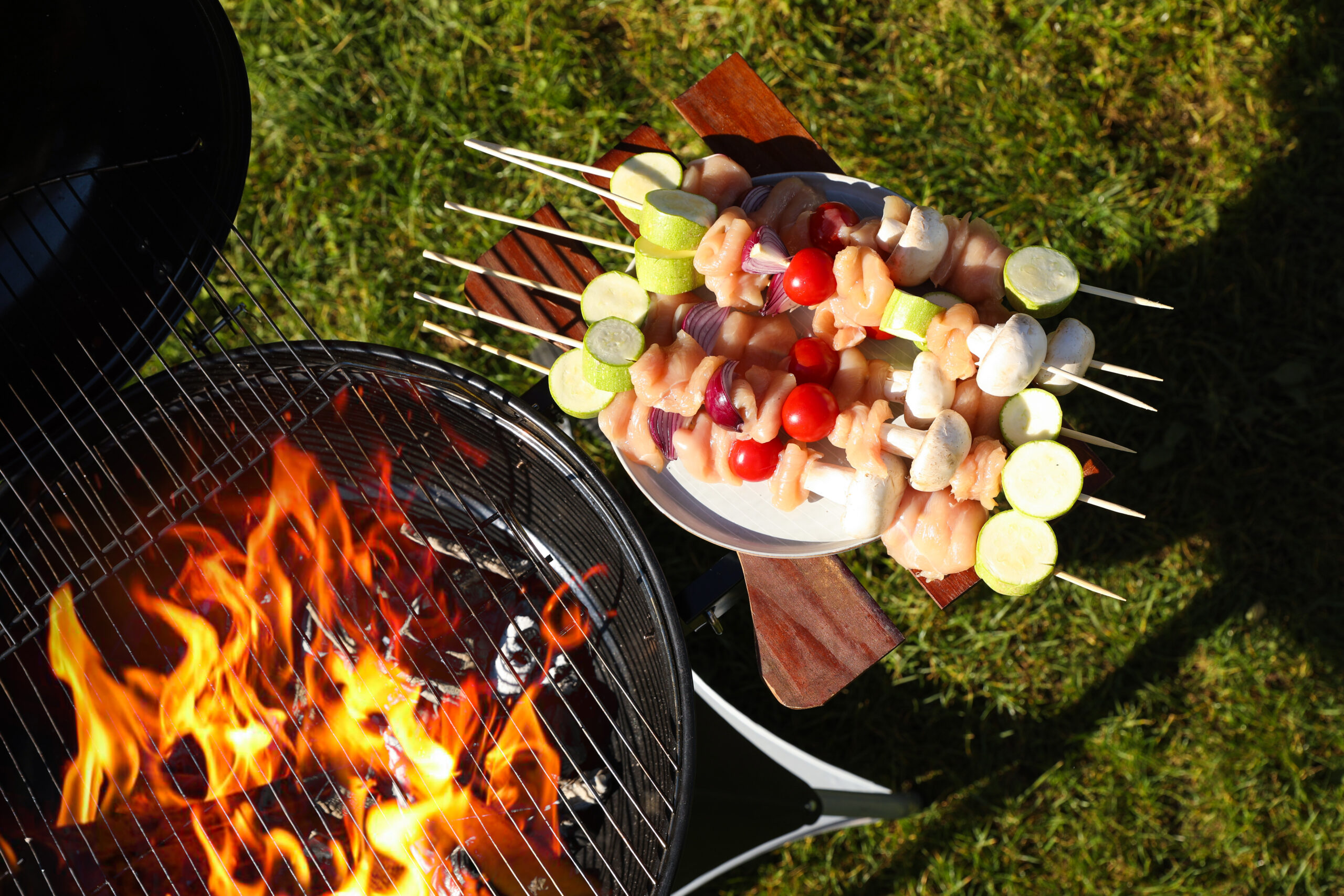Creating memorable camping experiences with children starts with getting them involved in meal preparation. When kids participate in cooking their own meals, they develop a sense of accomplishment and are more likely to try new foods. The key is finding the right balance between safety, simplicity, and fun while ensuring the meals are nutritious and satisfying for the whole family.
Safety always comes first when cooking with children around a campfire. Establish clear rules about fire safety and supervise all cooking activities. Create a designated cooking area with proper safety equipment readily available. Teaching children about fire safety while cooking not only ensures their immediate safety but also instills valuable outdoor skills they’ll carry with them throughout their lives.

Breakfast becomes an adventure when children help prepare simple yet exciting meals. French toast sticks made with thick-cut bread are perfect for little hands to dip and help cook. Prepare the egg mixture at home in a sealed container, then let the kids help with the dipping and cooking process at the campsite. The familiar comfort food with a camping twist makes breakfast both fun and satisfying.
Lunch preparation can be simplified by creating a build-your-own sandwich station. Pre-cut vegetables, portion meats, and cheeses, and let children assemble their own combinations. This not only makes mealtime interactive but also gives kids a sense of control over their food choices. Pack colorful vegetables and fun shapes to make the experience more engaging for young campers.
Dinner becomes special when children can participate in the cooking process. Foil packet meals are perfect for kid participation – let them choose their proteins, vegetables, and seasonings to create personalized dinner packages. Guide them in the assembly process, teaching them about food combinations and cooking times. The anticipation of opening their own creation adds excitement to mealtime.
Snack time presents wonderful opportunities for outdoor learning and fun. Create a trail mix station where kids can measure and mix their own combinations of nuts, dried fruits, and seeds. This activity teaches portion control while allowing for creativity. Pre-portion ingredients to prevent waste and ensure balanced combinations.
Dessert around the campfire is often the highlight of a camping day for children. Beyond the classic s’mores, consider banana boats filled with chocolate chips and mini marshmallows or campfire cones filled with fruit and chocolate. These desserts allow for personalization while being easy enough for children to help prepare with proper supervision.
Organization becomes especially important when cooking with children while camping. Create designated stations for different tasks, keeping sharp tools and hot items in adult-only areas. Use color-coded containers or labels to help kids identify ingredients and their own cooking tools. This system helps maintain order and teaches children about kitchen organization.
Teaching moments arise naturally during camping meal preparation. Use this time to discuss food safety, proper hand washing, and the importance of clean-up. Explain why certain foods need to be kept cold, and others can stay at room temperature. These practical lessons stick with children when learned in an outdoor setting.
Equipment selection should consider both safety and ease of use when cooking with children. Choose sturdy, stable cooking implements that are appropriate for small hands. Long-handled utensils keep little ones at a safe distance from the fire, while specialized camping cookware can make the experience more fun and less frustrating for young chefs.
Meal planning for family camping trips should include backup options and flexible timing. Children’s appetites and patience levels can be unpredictable, so having quick alternatives available prevents mealtime meltdowns. Plan simpler meals for tired evenings and more involved cooking projects for days when everyone has more energy and enthusiasm.
Clean-up becomes a valuable learning opportunity when camping with children. Teach them about Leave No Trace principles while cleaning up after meals. Make it a game to find every piece of trash, and explain why proper food storage is important in the wilderness. These lessons in environmental stewardship will stay with them long after the camping trip ends.






